Getting it right for every child (GIRFEC) Practice Guidance 3 – The role of the lead professional - Easy Read
This guidance on the role of the lead professional is for staff and service providers who work with children, young people and families. This guidance explains who the lead professional should be and what they should do.
Getting it right for every child (GIRFEC):Guide on the Role of the lead professional - Easy Read version
Introduction
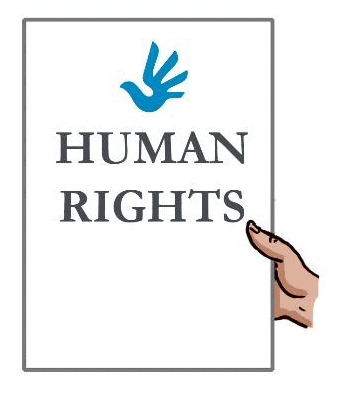
GIRFEC (Getting it right for every child) is based on the United Nations Convention on the Rights of the Child (UNCRC). This is a global agreement to protect children.
GIRFEC is the Scottish Government's promise to give all children, young people and families the right support at the right time.

This guidance on the role of the lead professional is for workers and service providers who work with children, young people and families. This guidance explains who the lead professional should be and what they should do.
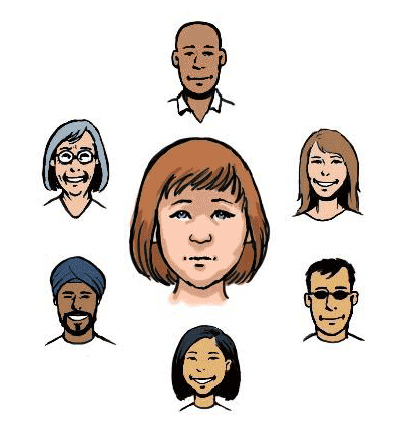
GIRFEC has key principles:
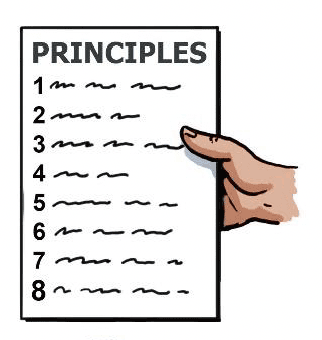
- Place the child and family at the heart of all work and decisions that affect them
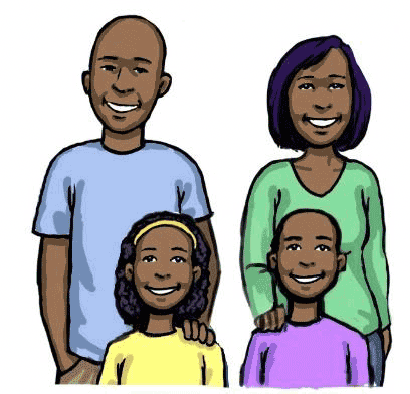
- Work together with families
- Understand wellbeing as being about all areas of life including family and community

- Value difference and make sure everyone is treated fairly
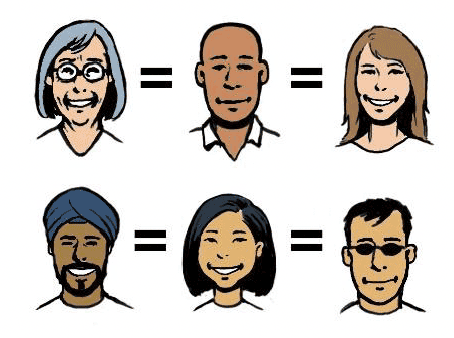
- Tackle inequality
- Give support to children, young people and families when they need it
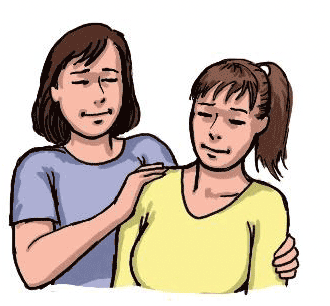
- Everyone works together locally and across Scotland to make things better for children, young people and families
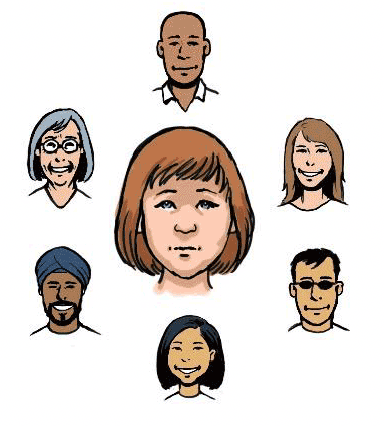
The lead professional
Children, young people and families sometimes need support and this means making a child's plan. This is where a lead professional is needed.
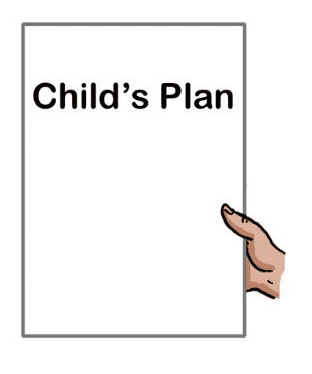
The lead professional is an agreed person who works with the child, young person or family when different workers and services are involved. This person may change depending on the child or young person's needs.
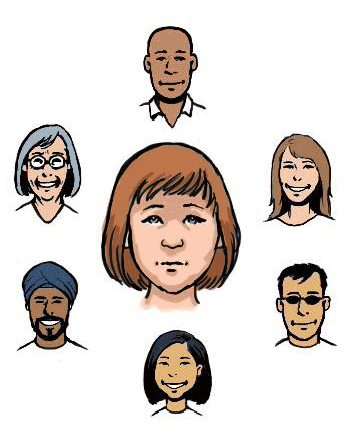
All decisions made about a child's plan should be based on the views of the child, young person and their family. The plan should be in their best interests and take account of their rights.
Who should be the lead professional?
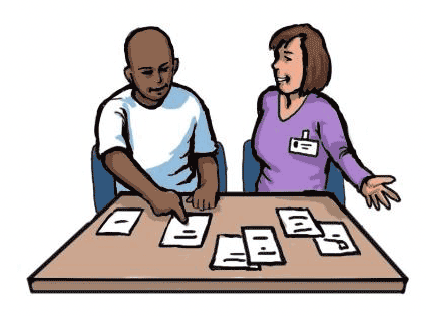
A worker that provides support to the child could be the lead professional. This includes any person working in health and education, or from a third sector organisation or service.
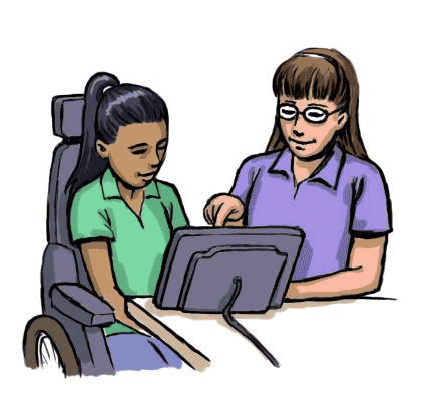
The named person may become the lead professional if agreed by the child, family and workers involved. The lead professional will have this role for as long as it is suitable. This should be checked regularly.
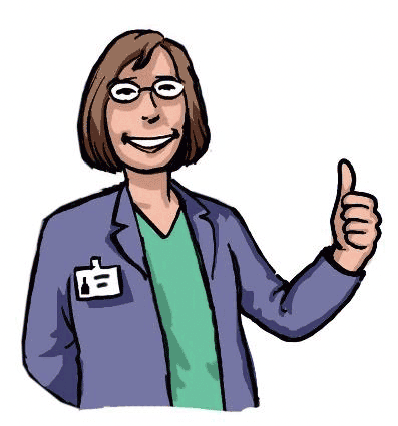
What is the role of the lead professional?
The lead professional will have the skills and experience to make sure services work together. They will:

- Support children, young people and families to take a full part in decisions about the child or young person's world. Make sure they know their rights.
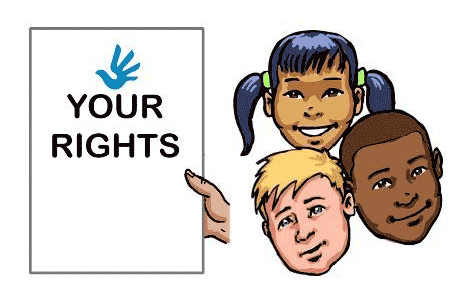
- Make sure the child and their family understand what is happening. Include them in all decisions.
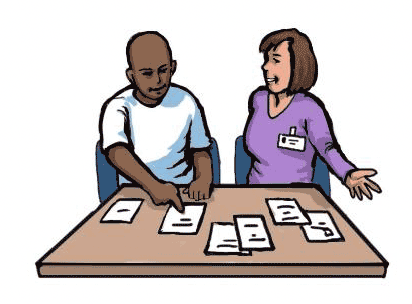
- Be a main point of contact. The child, young person and their family do not have to tell their story over and over again.
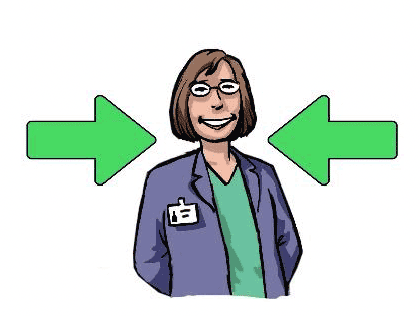
- Oversee the child's plan and check it regularly to make sure it is working well.
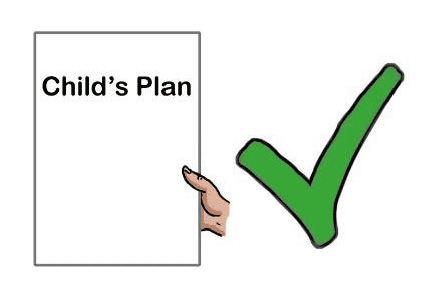
- Make sure support is helping to improve the child or young person's wellbeing.
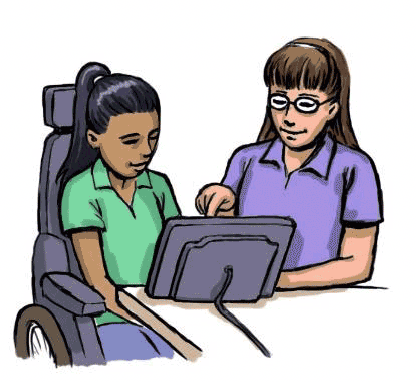
- Make sure services work in partnership with the named person.
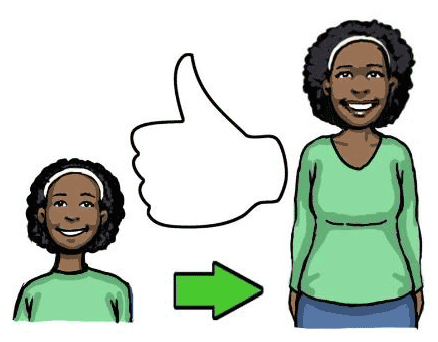
- Support key transition points.
- Understand the work of other services
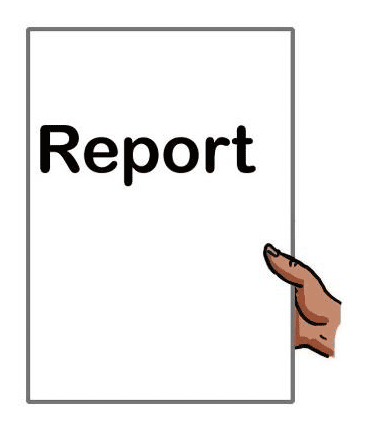
The lead professional reports to the service they work for. They should say what they are doing to put the child's plan into action.

The lead professional should check that other workers know how to help with the child's plan. The lead professional is not responsible for the work other people do. The lead professional should have the right support and training.
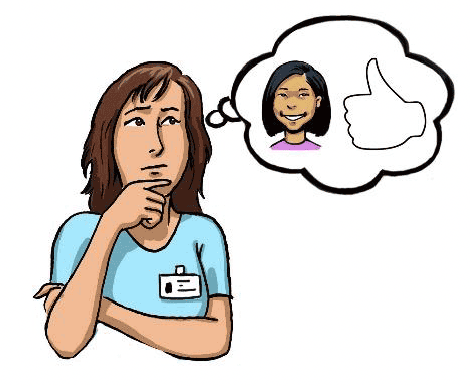
If workers disagree on how to make the child's plan work, the lead professional should help everyone to agree. They should keep in mind what is best for the child, young person or their family.
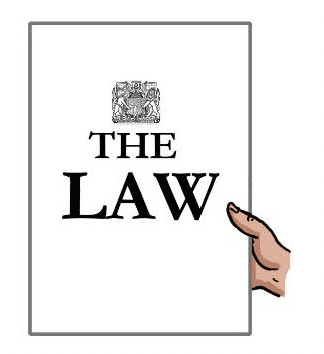
Sometimes a record of the child's needs in required by law. The lead professional should know about the law and what is needed.
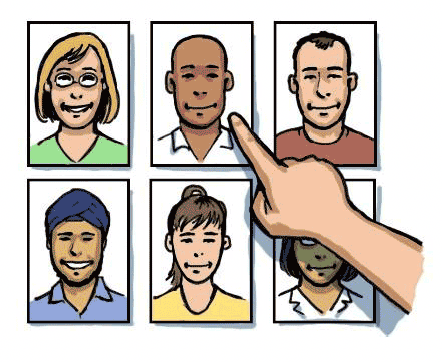
There may be times a child and/or family no longer want to work with the individual who is the lead professional. They can help to choose another person to do this.
Choosing the most suitable lead professional
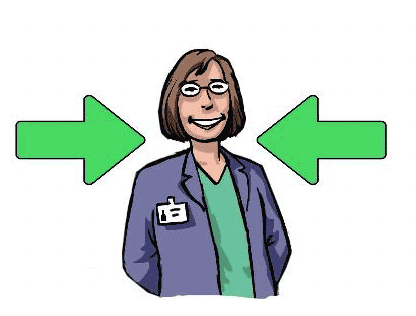
A lead professional should lead. They should know about different services that can help.
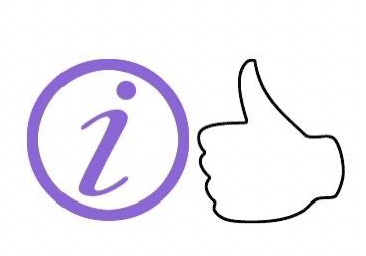
Children, young people and families should be involved in any decisions about who the lead professional will be. They should understand why this person is the best person for the role.
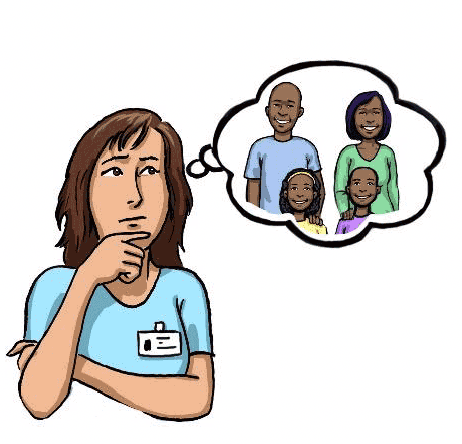
Choosing the lead professional will be affected by:
- the child, young person and family's needs
- the child, young person and family's views
- what is known about the child, young person and family
- what the law says
The lead professional and the child's plan
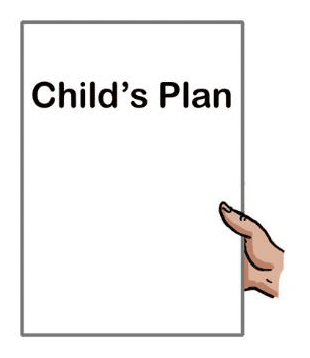
The lead professional will have a key role in making the child's plan.

Information is gathered from the child, young person and their family and from other services involved with them.
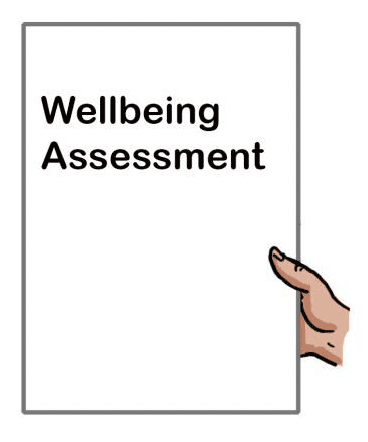
The lead professional will oversee the wellbeing assessment. The wellbeing assessment helps the child, young person and their family and everyone working with them understand what they might need help with.
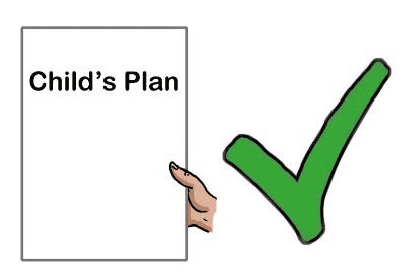
All agencies must make sure the plan moves forward. It should be checked so it meets the needs of the child, young person and family.
Roles and tasks of the lead professional
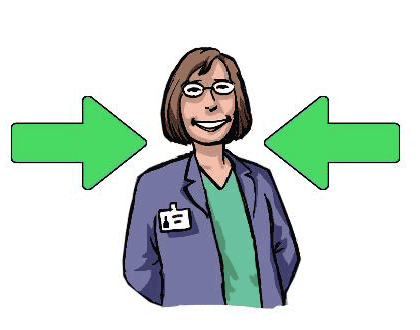
When the child's plan has been agreed, the lead professional will:
- Be a point of contact with the child and their family to make sure the plan is working.
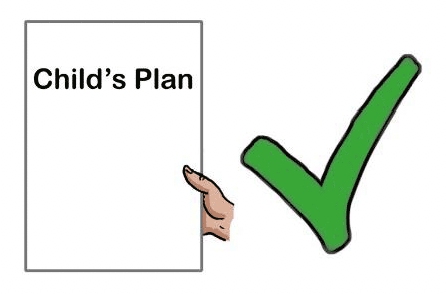
- Be a point of contact for all workers who are delivering support.

- Make sure that the support matches the child's plan.
- Ask people to work as a team.
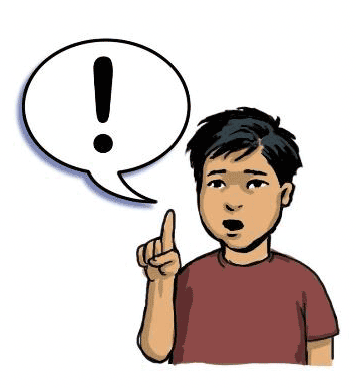
- Work with the child and family and workers to make sure that the child and family's rights are respected. Their views and wishes should be heard.
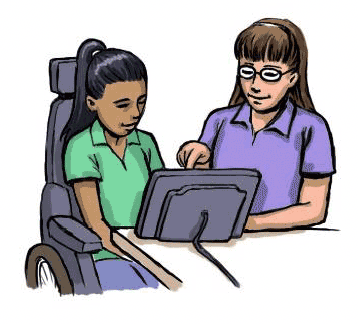
- Support the child and family to use help from workers and services.
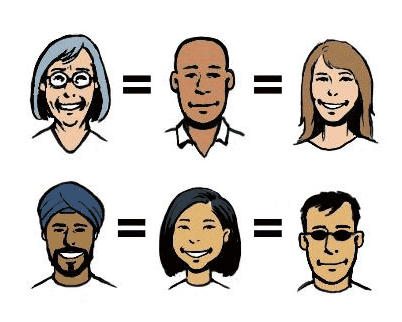
- Check that the plan takes account of how the child and family are affected by inequality.
- Check how well the child's plan is working.
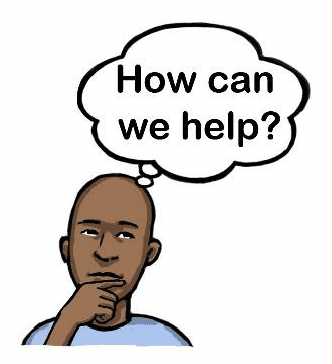
- Organise other support that may be needed.
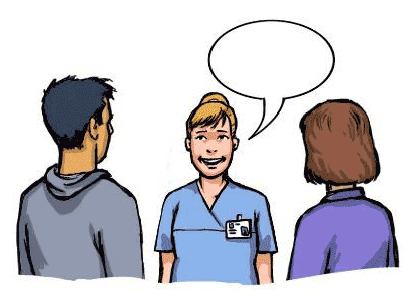
- Arrange a review with all services involved.
- Support the child and their family in key transitions.
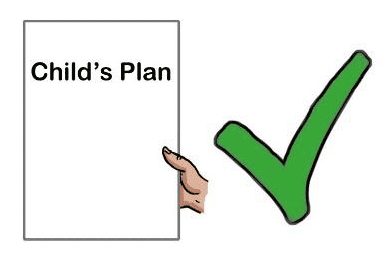
The child's plan will look at strengths, needs and risks. It will have actions from plans the child had before this one.
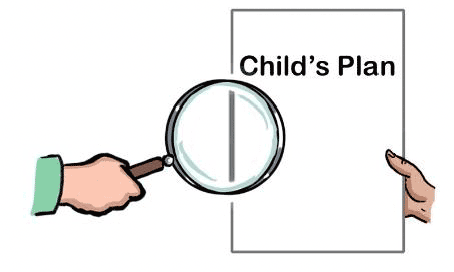
The plan will say when it should be checked. The lead professional will arrange the materials needed for a review.
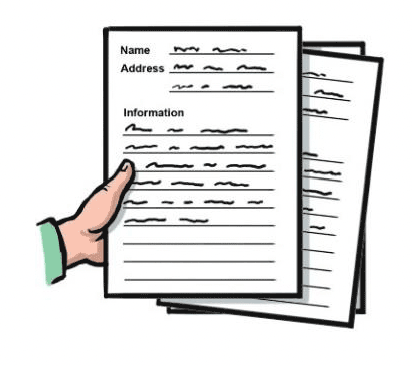
Materials will be given to everyone involved, including children and families. The lead professional is only responsible for other workers if it is part of their main job.
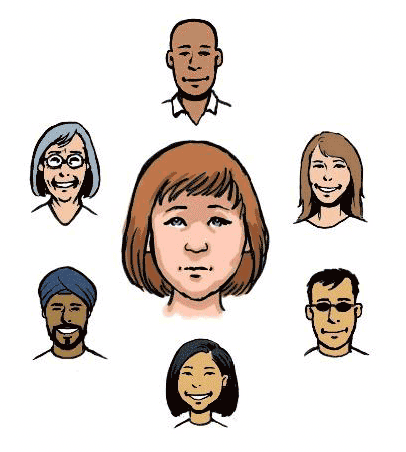
It is not the lead professional's job to do all the work with the child and their family. They do not replace workers or jobs who carry out direct work or specialist assessments.
The relationship between lead professionals and others
It is the lead professional's job to make sure everyone is clear about the different roles they have.
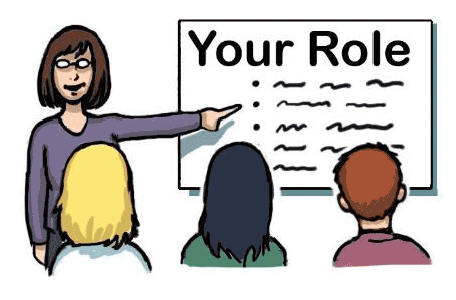
Work will be done by other workers and not just the lead professional. The lead professional should have contact with the child and their family so they know everything is going well.
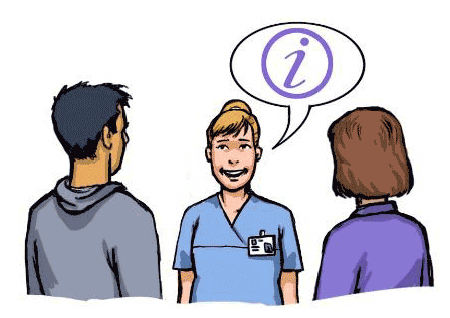
Things can change and a different worker may take over as lead professional. When this happens the child and family need to be involved in any decisions and changes. They need to be supported with the move to a new lead professional.
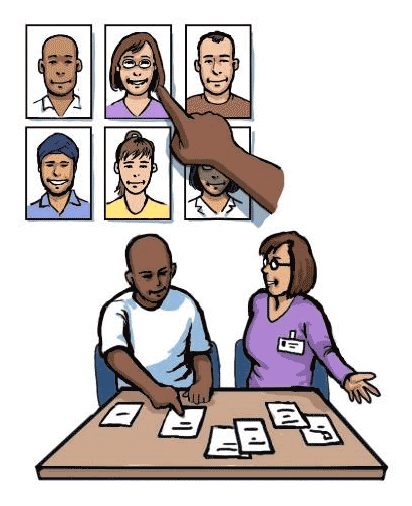
Contact
Email: GIRFEC@gov.scot
There is a problem
Thanks for your feedback